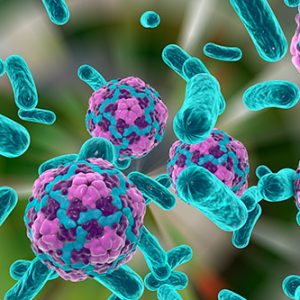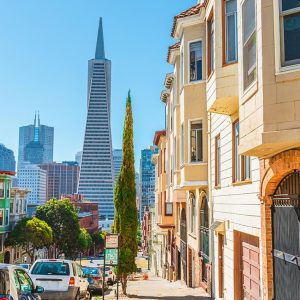 View Winners →
View Winners → Healing California


The Crescent at the LA Arboretum in Arcadia is designed to show SoCal residents what they can do with native plant species. – Photo by Galen Patterson / Beacon Media News
Part 1 in a series devoted to making permanent water-conscious lifestyle changes.
By Galen Patterson
In 2017, a six-year drought in California was declared over by then-Governor Jerry Brown.
That year was particularly rainy in Southern California, and the most extreme water saving measures were relaxed. Almost immediately, water usage began to increase to pre-drought conditions.
The wet season of 2018-2019 seemed to hold off the drought in Southern California, but in reality, we received just over the average amount of rainfall even though 2019 just passed its halfway point, according to laalmanac.com.
This is how we live in Southern California: rainstorm to rainstorm, drop to drop. About 14% of California’s water goes to home usage, which includes tubs, toilets, pools and lawns, while nearly 80% goes to agriculture, which allows us to supply fresh produce to the world.
Water companies advise residents on small changes they can make to save water. We are advised to turn the faucet off while brushing teeth, shampooing hair in the shower or while scrubbing dishes. They want us to install shower heads that use less water, never use clean water to wash sidewalks and driveways and irrigate plants between certain times. These are just examples of the many ways we can practice responsible water saving measures.
What we don’t hear commonly is just how much of our water goes to irrigating lawns. Sprinkler systems run on automatic timers and distribute water evenly across the surface area to keep it green, even and to keep it from dying.
This last point has always seemed somewhat unsettling to me. The grass we commonly see here is not native or drought-tolerant, and ultimately puts a massive drain on our water supply. What’s worse, most of the grass here is on continuous life support.
Fortunately, we have options. Landscaping overhauls can be quite pricy and require the services of a professional contractor, but programs have been created to help us deal with that. Or you can handle the entire job on the cheap by going to a gardening center at a store near you and putting in the work yourself.
During a recent trip to the LA County Arboretum in Arcadia I had the pleasure of meeting Interpretive Horticulturalist John Latsko, as he was working in the section of the Arboretum devoted to wild plants in Southern California.
The work his group does in the section they call The Crescent, is where Latsko says they are creating inspiration for people who want to resurface their lawns to be drought tolerant, while maintaining a unique beauty that California wild plants can share.
https://www.instagram.com/p/BxfCCoGFeA-/
The Crescent is a snapshot of what yards in Southern California may look like if residents want to achieve maximum water conservancy, but still keep their home looking beautiful. Better yet, the options are nearly endless.
You can still have a neatly manicured flower bed, or a custom backyard meadow. You can still maintain neatly-trimmed hedges with colorful flowers and berries, and if grass is what you want most, there are varieties of drought-tolerant grasses available.
However, many Southern Californians might want to change their lawns to less water-demanding landscapes, but they just do not know where to begin. An easy, step-by-step guide, complete with photos, evolving experience, and professional voices and advice is what this series aims to achieve.
Together we can use less water, strengthen our communities and help heal California.













































































































